If you are of a certain age you will recognize the bottles (or at least the ones on the left) as possibly the first alcoholic beverage you consumed (other than Manischewitz). The Casa da Mateus is located in the village of Mateus. Yes they sell and serve the wine but the palace and family actually have nothing to do with the wine. An interesting story of family inheritance, wealth, and primogeniture.
Yes the family has a winery and sold its grapes to a neighbor who produced the wine we know of as Mateus and the palace is now a foundation (Mateus) because of where it is located. The family built the palace in the mid 18th century in the late Baroque style as Neoclassical style was taking hold. The goal at that time was to accumulate wealth, not by working but by acquiring things, land and making strategic marriages. The head of the family was always male (unless there wasn't one in the line of succession). The rooms you see hold the valuables of the family including four paintings by a famous 16th century painter, Arcimbaldo in the room on the right very surprisingly as there are no guards, no temperature control, no proper lighting. No pictures were allowed inside so I had to rely on the internet for the interior shots. That's Jeff contemplating whether it was Mateus or Lancers as his first.
The gardens were beautiful even in the winter though I imagine they are even more so when the flowers are in bloom. The family still lives there in separate quarters and the head of the family and foundation is currently a woman descendant of the de Sousa Botelho Albuquerque family. The palace hosts cultural events, concerts, art exhibits, and artist residencies.

Full disclosure, I did not take this picture as it would be hard to get the full scale of this amazing little town completely walled in as it was in the Middle Ages. Obidos started out as a Roman settlement strategically placed at the top of a hill. Celts and Phoenicians included this on their trade routes, the Visigoths, and then of course the Moors until it was taken over by Alonso Henriques in 1148.
Obidos became a favorite of the queens of Portugal and was gifted to Isabel of Aragon when she married King Dinis in 1282. Not a bad gift. The style of many buildings is Renaissance as the village developed over many centuries. There's the pillory of course but without hooks. The town gets a lot of visitors during the day and the shops all sell the same souvenirs probably made in China and the town gets very quiet at night. Reminds me of Tzfat in Northern Israel which also gets most of its visitors just for the day and is magical and quiet at night.
There is a gallery in town, multiple stories that was having a show on the theme of books and reading. Nothing made in China here, artists from around Portugal. Nice to see something contemporary and cheerful. Didn't see any red dots (sales) but a great and unique space.
Entrance gate to the town with an elaborate tile "balcony". As in all communities even a tiny one like this had a Jewish community expelled in the 15th century. The top right picture is of the synagogue, though it can't be entered and isn't identified in any way except on Jewish information sites which describes this from records as built in the 14th century and a place where Jews could "pray in Hebrew".
The Municipal Museum in Obidos is in an 18th century villa, the former home of Portuguese artist, Eduardo Malta (1900-1967). This is a small museum with ancient artifacts as well as sacred art and paintings by more contemporary Portuguese artists. Two of the rooms you can see have tromp l'ceil walls painted to look like recessed alcoves and curtained walls. A surprise was Josefa of Obidos, a 17th century woman who painted the still lifes that female artists were "permitted" to paint but as well painted religiously themed paintings. Saw some of her work in Lisbon as well.
Calda da Rainha is a large town that is designated an artistic hub in Portugal as it is home to both an industrial and artistic ceramic tradition. The art center you see here is across the street from the Ceramics Museum and houses galleries, studios, residencies, etc. The Ceramics Museum is housed in a 19th century villa and features ceramics from the 17th century to present day.
On the first floor they are showing 17th and 18th century works in porcelain and terracotta. The fire place detail shows how every tile is a different scene of a child's game.
On the next floor 19th and 20th century works including faience, a glass like substance that was originally used by the ancient Egyptians in embalming mummies. When heated it creates a shiny glass like surface but opaque so it looks like ceramic. And yes, the basket on the upper right is made from clay.
This amazing set of miniatures that look like carved ivory are made from porcelain.
The beach town of Peniche looks like the equivalent of one of our own though on the Atlantic coast. It's a surf town where we saw lots of surfers (men and women) at a beach called Baleal. The fortress lighthouse in the center was used as a prison during the Salazar dictatorship. Small waves, big ones coming in the next few days.
Nazare turned from a sleepy fishing village to an internationally known destination for big wave surfing. 100 foot waves, some of the biggest in the world have attracted surfers from around the world and spectators too. It's changed the character of this town. The cathedral you see at the top is a mini version of the one in the next series of photos (the largest in Portugal). Beautiful, sky, beautiful beach, no big waves on the day we were there. The statue is titled Veado from 2016 and tells the story of Dom Fuas Ropinho in the 12th century who was chasing a deer that fell along the cliff and as he was on the verge of falling off the cliff he cried out to the saint of Nazare. The horse's hooves stuck to the side of the cliff, saving his life. The statue acknowledges the two events that have made Nazare famous, the miraculous horse and the giant waves. Last slide is the aqueduct of Obidos on the way out of town.
Alcobaca is the largest monastery in Portugal first built in 1153 in the Gothic style. by the first Portuguese King, Afonso Henriques. The tile work tells the story of establishing and building the monastery. As you can see the style is much simplified compared to Batalha which is actually quite nearby. The kitchen you see in the lower left slides was an example of modern engineering with running water diverted from the nearby river and yes that is a completely tiled room with the massive chimney for cooking in the center.
Story goes that Pedro, son of Afonso V was forced into a marriage of alliance to Costanza of Castille. She died and Pedro went to live with his lover Ines. When Pedro was out of town Afonso had her killed. When Afonson died, Pedro took revenge on Ines' killers by having them killed and having her declared queen even though she was dead. He had her body exhumed, crowned, and made the court kneel before her exhumed body and kiss her decomposed hand. They are both buried in Alcobaca facing each other so on judgement day Ines is the first person Pedro will see.



















































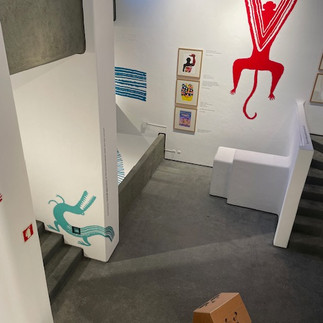






















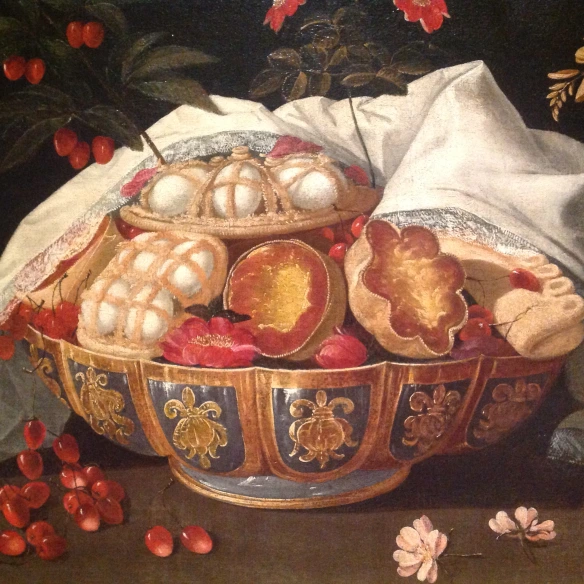








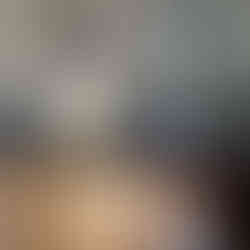











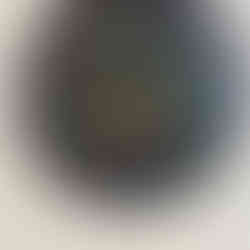
















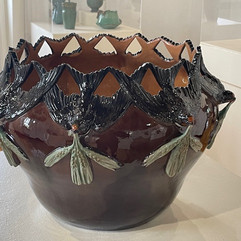





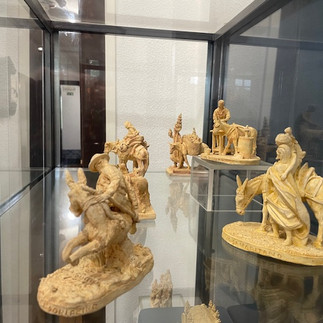
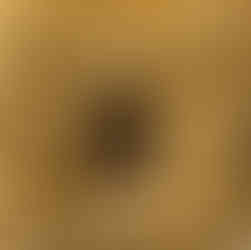








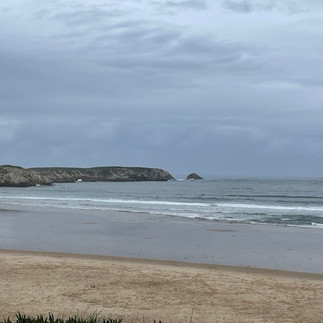

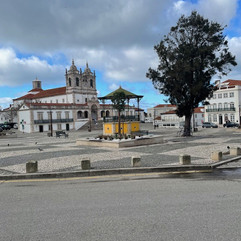

























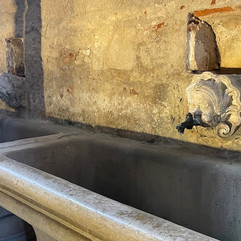












Comentários